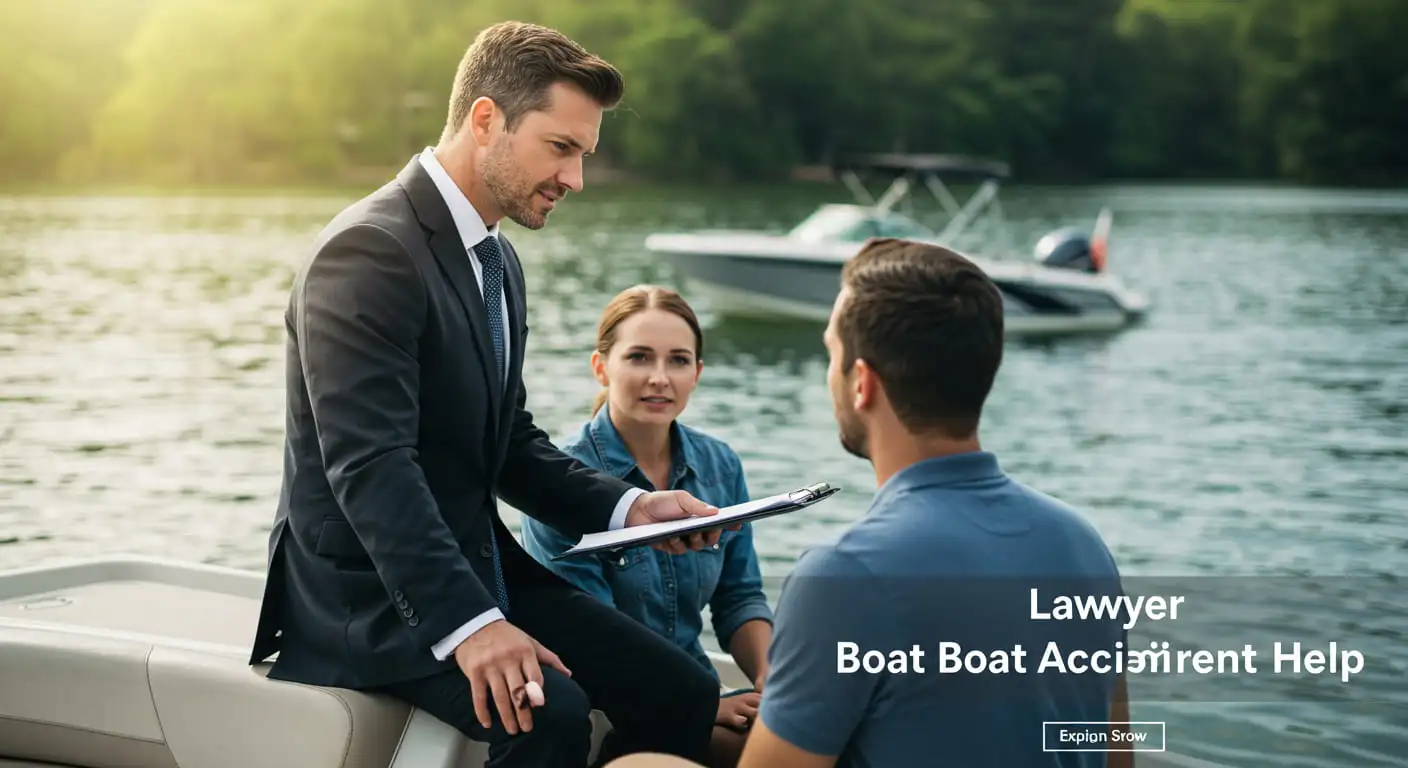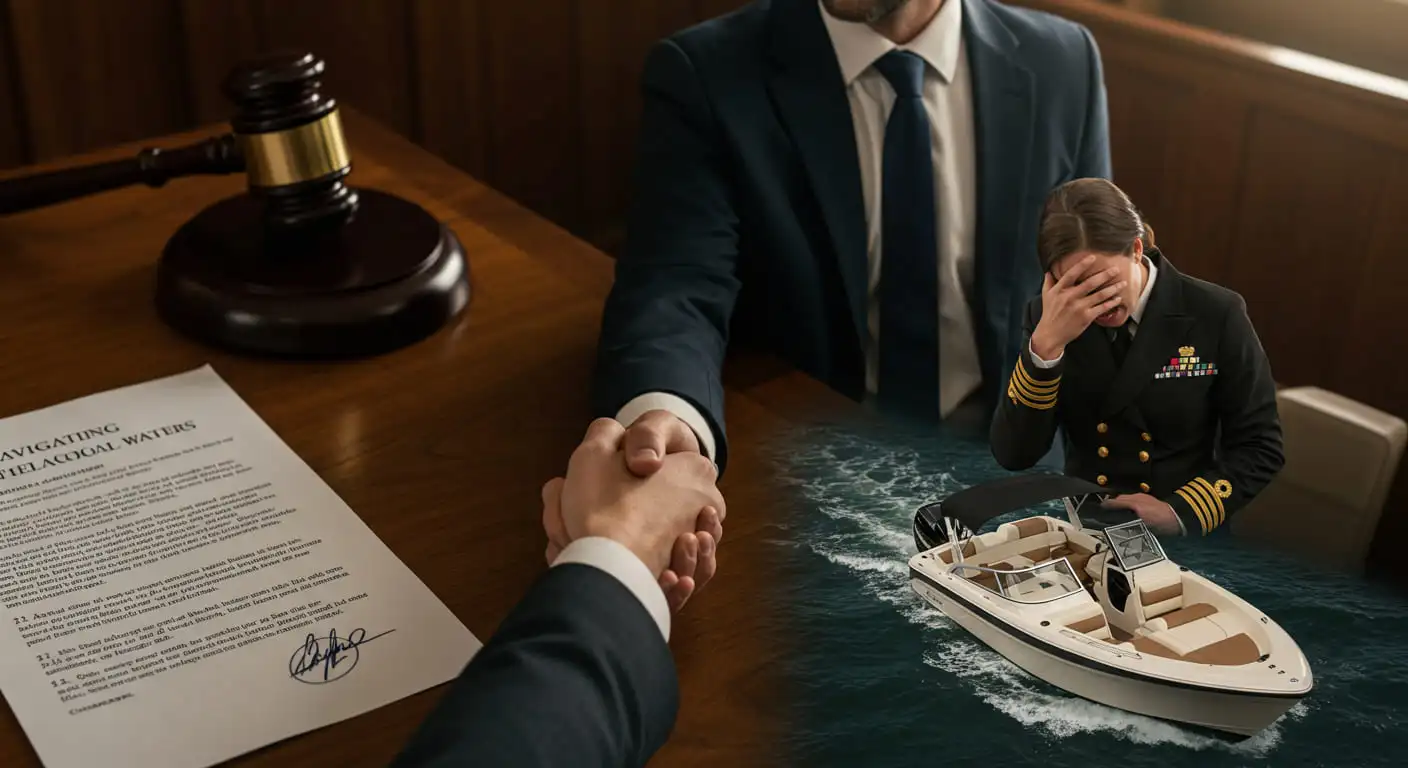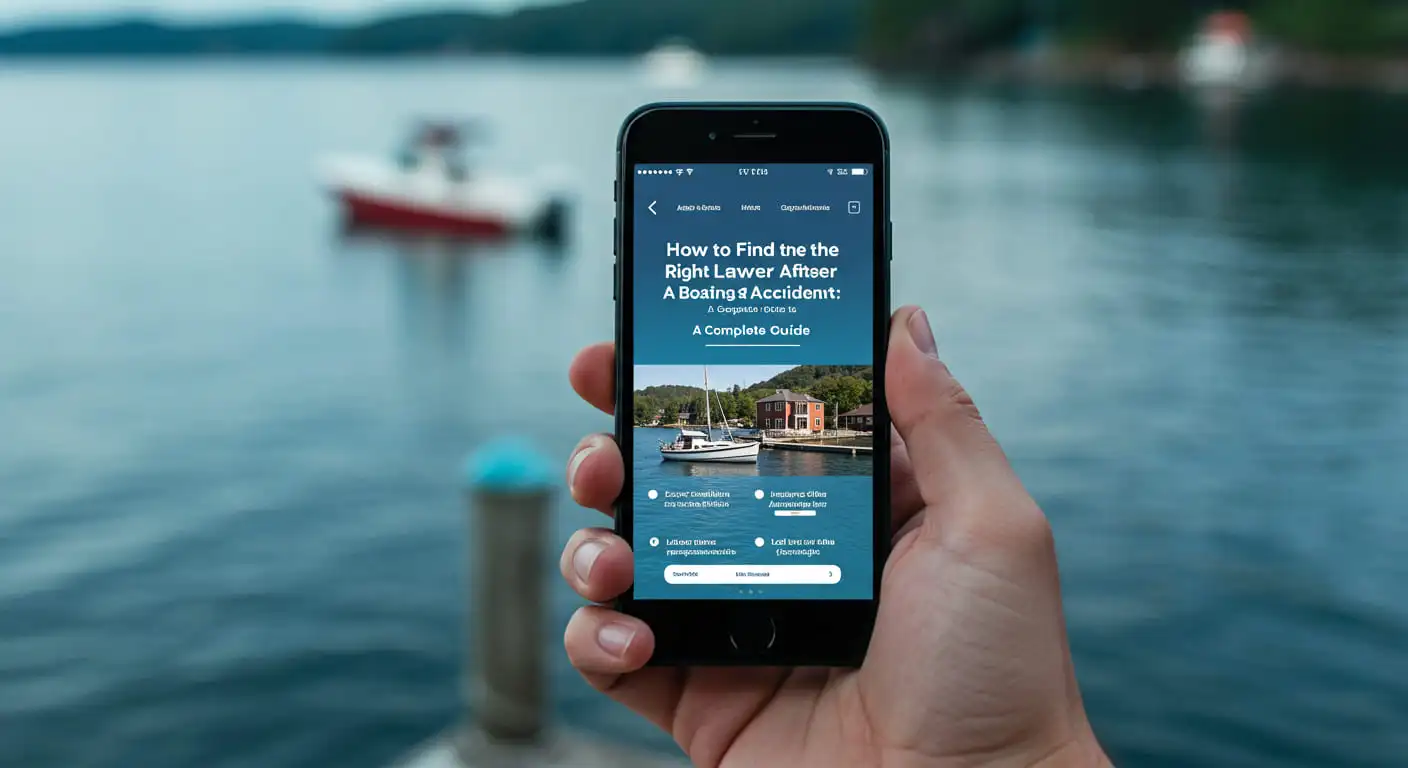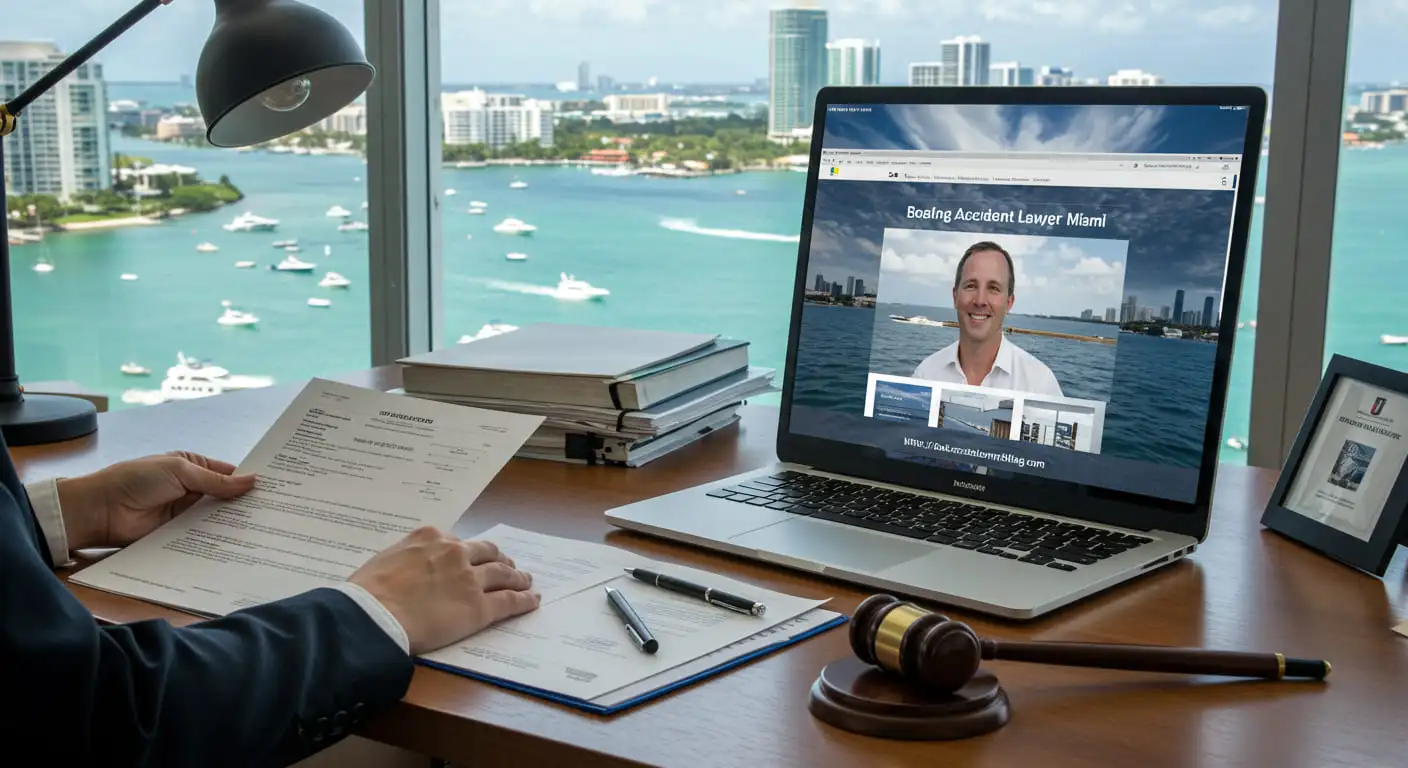Discover actionable safety tips for preventing boating accidents with tailored advice for different vessel types. Stay safe on the water with expert-approved methods.
Introduction: Why Basic Isn’t Enough
Every summer, thousands of boaters hit the water expecting nothing but sun and serenity. Yet, the U.S. Coast Guard reports thousands of boating accidents each year—many of which could have been prevented. While most articles offer generic boat safety tips, true prevention requires a deeper, tailored approach based on your vessel type, activity, and environmental conditions.
In this comprehensive guide, we go beyond the basics. Whether you’re steering a pontoon, operating a high-speed boat, or just enjoying a peaceful day on a kayak, these detailed, actionable safety steps are designed to keep you safe and confident on the water.
1. Understanding the Most Common Causes of Boating Accidents
To prevent accidents, you must first understand their root causes. According to Coast Guard statistics, the top causes include:
-
Operator inattention
-
Improper lookout
-
Inexperience
-
Excessive speed
-
Alcohol use
-
Mechanical failure
-
Weather-related hazards
With these in mind, let’s dive into how to proactively address each one depending on your boat type and activity.
2. Tailored Safety Measures for Different Boat Types
2.1 Pontoon Boats: Stability ≠ Safety
Pontoon boats are often chosen for their perceived stability and family-friendliness. However, their broad, flat design makes them more vulnerable to:
-
Capsizing in high waves
-
Difficult maneuverability at high speeds
-
Underestimation of risk
Safety Tips for Pontoon Boats:
-
Avoid overloading: Each pontoon has a weight limit. Distribute passengers evenly.
-
Watch your turns: Slow down before turning; sharp maneuvers can cause tipping.
-
Check railings and gates: These are vital for preventing falls overboard.
-
Use navigation lights: Especially in low-light conditions or fog.
2.2 Speedboats: Speed Comes with Responsibility
Speedboats are powerful and thrilling—but high speeds reduce reaction time and increase accident risk dramatically.
Speedboat Safety Tips:
-
Respect speed zones: Especially near shorelines and marinas.
-
Keep a spotter onboard: Particularly when towing water skiers or wakeboarders.
-
Plan braking distance: High-speed boats need more space to slow down or stop.
-
Wear kill switch lanyards: This can shut off the engine if the operator is ejected.
2.3 Fishing Boats: Don’t Let Routine Become Risk
Many fishers develop overconfidence due to familiarity, which leads to neglecting preventive maintenance and safety checks.
Fishing Boat Safety Tips:
-
Keep decks clear: Fishing gear, hooks, and nets can become tripping hazards.
-
Install non-slip flooring: Especially for wet conditions.
-
Anchor smartly: Sudden shifts in current can cause drifting or capsizing.
-
Watch fuel lines: Fuel leaks are common and extremely hazardous.
3. Weather and Environmental Awareness
Boating accidents often occur not just from mechanical issues or poor judgment but from ignoring environmental clues.
3.1 Before You Launch:
-
Check weather forecasts: Use NOAA marine reports, not just general weather apps.
-
Understand wave patterns: Learn how your vessel handles chop and swell.
-
Check for advisories: Red flags, storm warnings, or water traffic updates.
3.2 On the Water:
-
Scan the horizon regularly: Watch for dark clouds, whitecaps, or fog banks.
-
Know when to turn back: If unsure, it’s better to dock early than push your luck.
4. Human Factors: Training, Communication & Sobriety
4.1 Take a Boating Safety Course
Most boating accidents involve operators who never took a formal safety class.
-
Enroll in certified programs: U.S. Coast Guard Auxiliary and BoatUS offer excellent online and in-person courses.
-
Learn navigation rules (COLREGS): These include right-of-way rules, passing, and overtaking guidelines.
4.2 Communication Is Critical
Always ensure that everyone onboard understands basic boating commands and safety signals.
-
Establish hand signals: Especially when towing skiers.
-
Designate a second-in-command: In case the captain is incapacitated.
-
Use marine radios: For reliable emergency communication—not cell phones.
4.3 Alcohol and Boating: A Deadly Combo
Operating a boat under the influence is just as illegal and dangerous as driving a car drunk.
-
Assign a sober skipper: Always.
-
Limit alcohol consumption: Even passengers can cause distractions or dangerous situations when intoxicated.
5. Safety Equipment: Requirements and Best Practices
5.1 Mandatory Equipment
According to U.S. Coast Guard regulations, every recreational vessel must carry:
-
U.S. Coast Guard-approved life jackets (one per person)
-
Throwable flotation device (for boats over 16 feet)
-
Fire extinguisher
-
Sound-producing device (like a whistle or horn)
-
Visual distress signals
-
Navigation lights (if operating at night or in low visibility)
5.2 Recommended Equipment
Even if not legally required, these items can save lives:
-
First-aid kit
-
VHF marine radio
-
GPS and marine chartplotters
-
Anchor and sufficient line
-
Tool kit and spare parts
-
Bilge pump or manual bailer
6. Step-by-Step Pre-Departure Checklist
Create a routine before every outing to minimize risk.
✅ Engine & Electrical
-
Check oil and fuel levels
-
Test battery and electronics
-
Inspect fuel lines for leaks
✅ Safety Gear
-
Confirm life jackets are accessible
-
Inspect fire extinguisher pressure
-
Verify signaling devices
-
Chart your course
-
File a float plan with someone on land
-
Ensure registration and licenses are current
✅ Weather & Communication
-
Review marine forecast
-
Test your radio
-
Check mobile phone reception (as a backup)
7. Real-Life Scenarios and How to Prevent Them
7.1 Capsizing While Anchored in Current
A family anchored their pontoon in a narrow channel and failed to notice a rising tide and stronger current. Their boat turned sideways and capsized.
Prevention:
Always anchor into the current, not sideways. Check current tables and use a proper anchor setup with adequate scope.
7.2 Collision in Fog Due to Speed
Two speedboats collided during a morning fog bank on a lake. Neither had functioning lights or radar, and both were speeding.
Prevention:
Use fog signals, reduce speed to a crawl, and activate navigation lights. Equip your vessel with radar reflectors if possible.
7.3 Fire from Fuel Leak
A fishing boat caught fire due to a cracked fuel line near the engine, which ignited after startup.
Prevention:
Inspect fuel lines before each trip. Carry a marine fire extinguisher and make sure it’s rated for fuel fires.
8. Boating Rules and Laws: Stay Legal, Stay Safe
8.1 Follow No-Wake Zones
Disregarding no-wake signs can damage docks and other vessels—and cause injury. These areas are clearly marked and must be respected.
8.2 Age and Licensing Requirements
States vary in their boating license laws. Many require youth under a certain age to take a certified course. Know your state’s regulations before launching.
8.3 Document Your Vessel
Keep registration and ID onboard. For larger boats, this may include radio licenses or commercial operation permits.
9. Post-Trip Safety Practices
Safety doesn’t end when you dock. After boating:
-
Flush the engine (especially in saltwater)
-
Refuel only after passengers exit
-
Inspect for damage
-
Log any maintenance needs
Conclusion: Safety Is a Habit, Not a One-Time Task
Preventing boating accidents means staying proactive—not reactive. By tailoring your approach based on vessel type, understanding weather and environmental cues, using proper equipment, and consistently training and checking your gear, you’re building habits that save lives.
Every trip is different. But the goal is always the same: return safely.
Bonus Tip:
Print this article or save it digitally on your phone to review before each trip—it might just prevent the unexpected.
For more insights into your legal rights and how to handle waterway incidents, don’t miss our detailed guide: Top 10 Causes of Boating Accidents and How to Prove Negligence
Leave a reply












